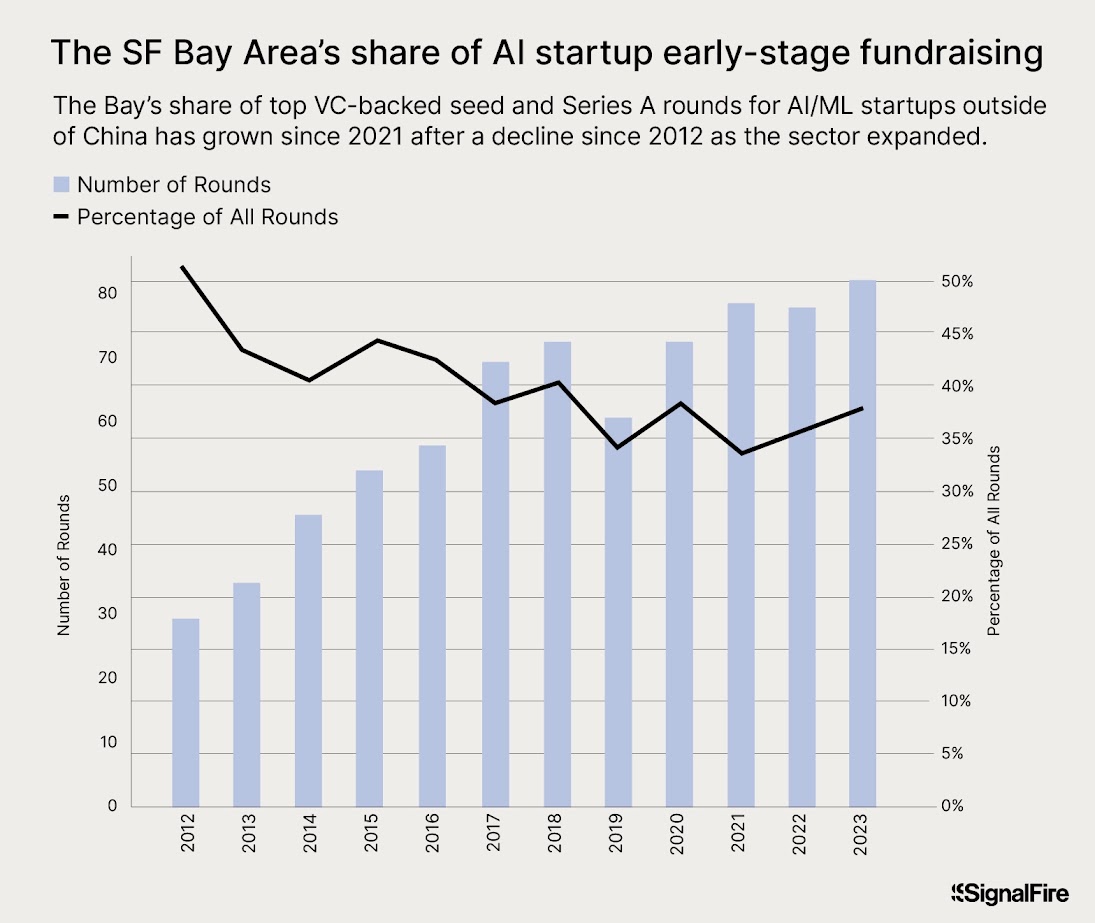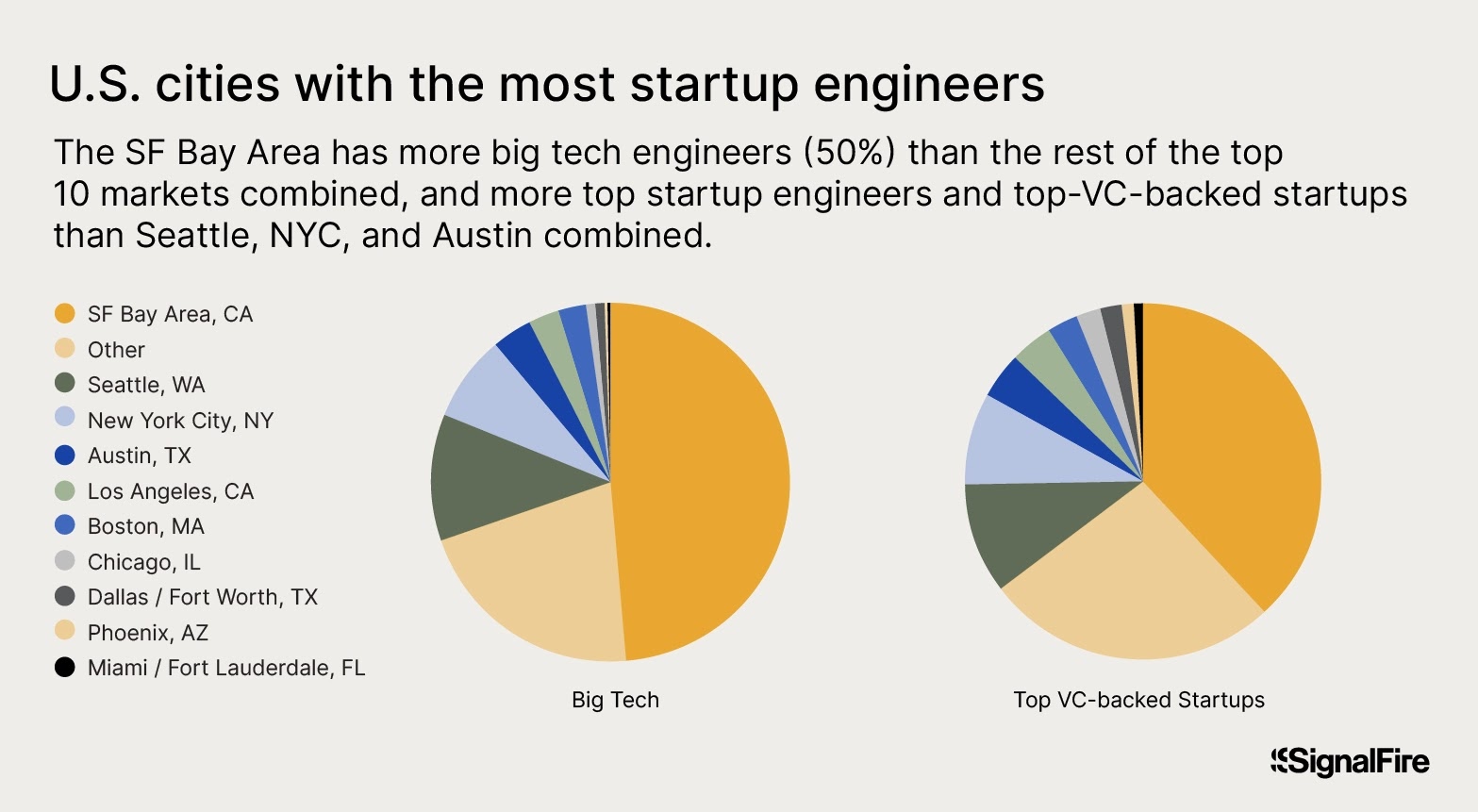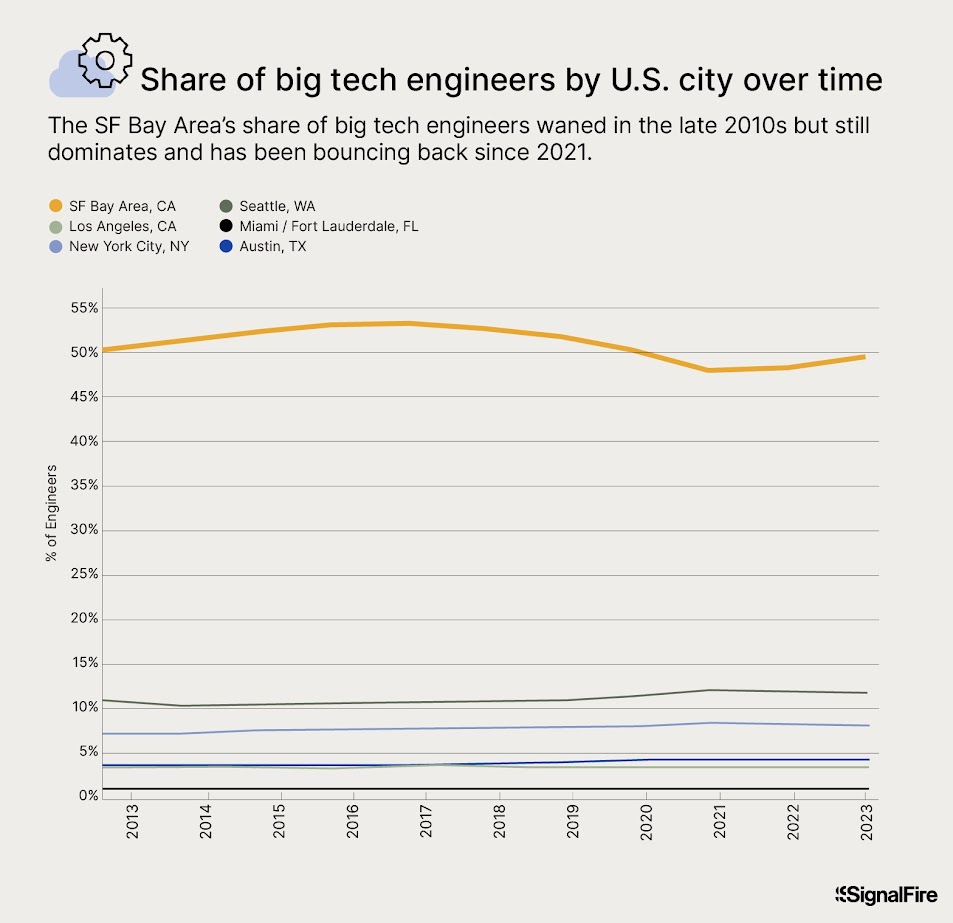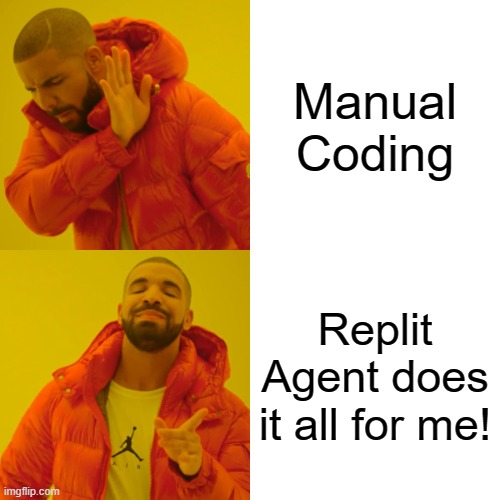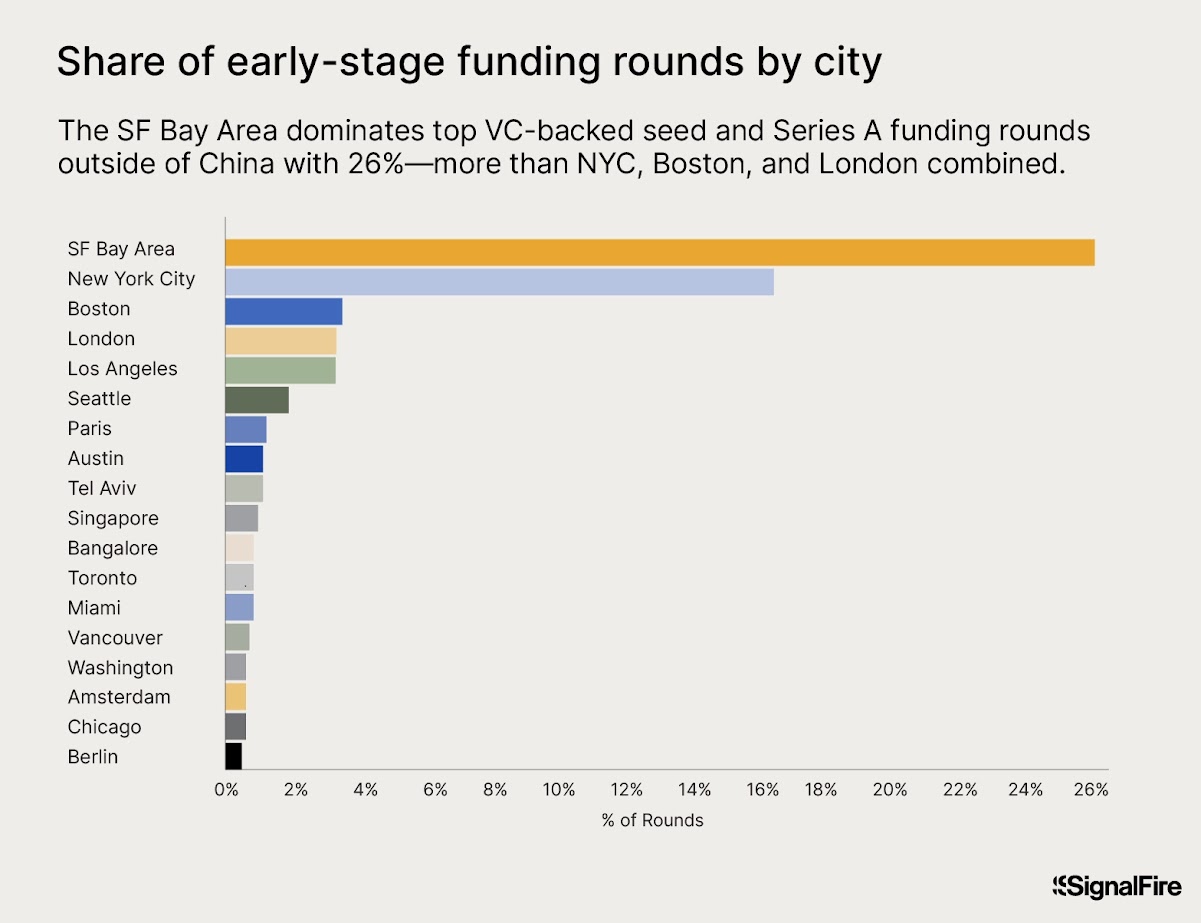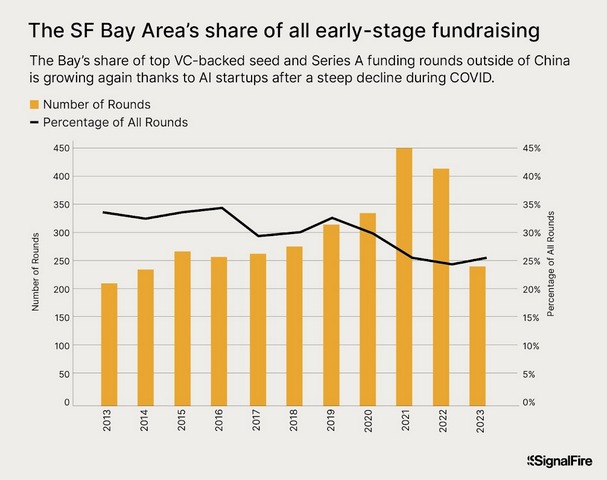In a remarkable turn of events, the infamous Three Mile Island nuclear plant, once a symbol of nuclear disaster, is poised for a groundbreaking comeback. This rejuvenation comes with a 20-year agreement with Microsoft to supply power to its AI data centers, a stride towards decarbonizing the tech giant’s considerable energy consumption.
The Power of Partnerships
The partnership between Constellation Energy and Microsoft marks a significant milestone in the nuclear sector’s revival. This deal isn’t just about bringing a nuclear reactor back online; it’s about transforming an energy-hungry industry into a more sustainable operation. Microsoft’s commitment to offsetting the energy demands of its data centers by tapping into Three Mile Island’s output is a bold move towards carbon-negative goals.
Economic and Environmental Impacts
Reactivating Three Mile Island requires a hefty investment of $1.6 billion from Constellation Energy, sans any state or federal aid. However, the potential federal tax credits from the Inflation Reduction Act could bolster the financial viability of this endeavor. This initiative not only aims to provide a reliable, carbon-free power source but also revitalizes a region still haunted by memories of the 1979 accident.
Technology and Safety Innovations
Despite the historical stigma attached to Three Mile Island, significant technological advancements and stringent safety protocols are set to redefine its operation. The renewed Unit 1, now dubbed the Crane Clean Energy Center, promises to be a beacon of modern nuclear safety and efficiency, capable of powering vital sectors like data centers that are crucial for technological advancements.
Consumer and Regulatory Considerations
The revival of Three Mile Island has sparked a mix of excitement and concern among consumers and environmental advocates. The direct power purchase agreements like the one with Microsoft could reshape how energy is distributed and consumed, especially in high-demand sectors. This raises questions about the long-term impacts on the regional power grid and the broader implications for consumer energy costs and grid reliability.
The Future of Nuclear Energy
As we look towards the future, the role of nuclear energy in achieving carbon-neutral objectives cannot be overstated. With Constellation Energy at the helm, owning the largest nuclear fleet in the U.S., and its strategic partnerships, there’s a renewed optimism about nuclear power’s role in sustainable energy solutions. The planned operation of the plant through at least 2054 underscores a long-term commitment to nuclear energy as a cornerstone of America’s energy landscape.
Conclusion
The decision to restart Three Mile Island is a testament to the evolving landscape of energy production, where sustainability and reliability intersect with technological innovation. As this project moves forward, it will undoubtedly serve as a crucial case study in balancing energy needs with environmental and safety considerations in the push towards a more sustainable future.
Read the article: “The Dramatic Collapse of China’s Real Estate Bubble”

